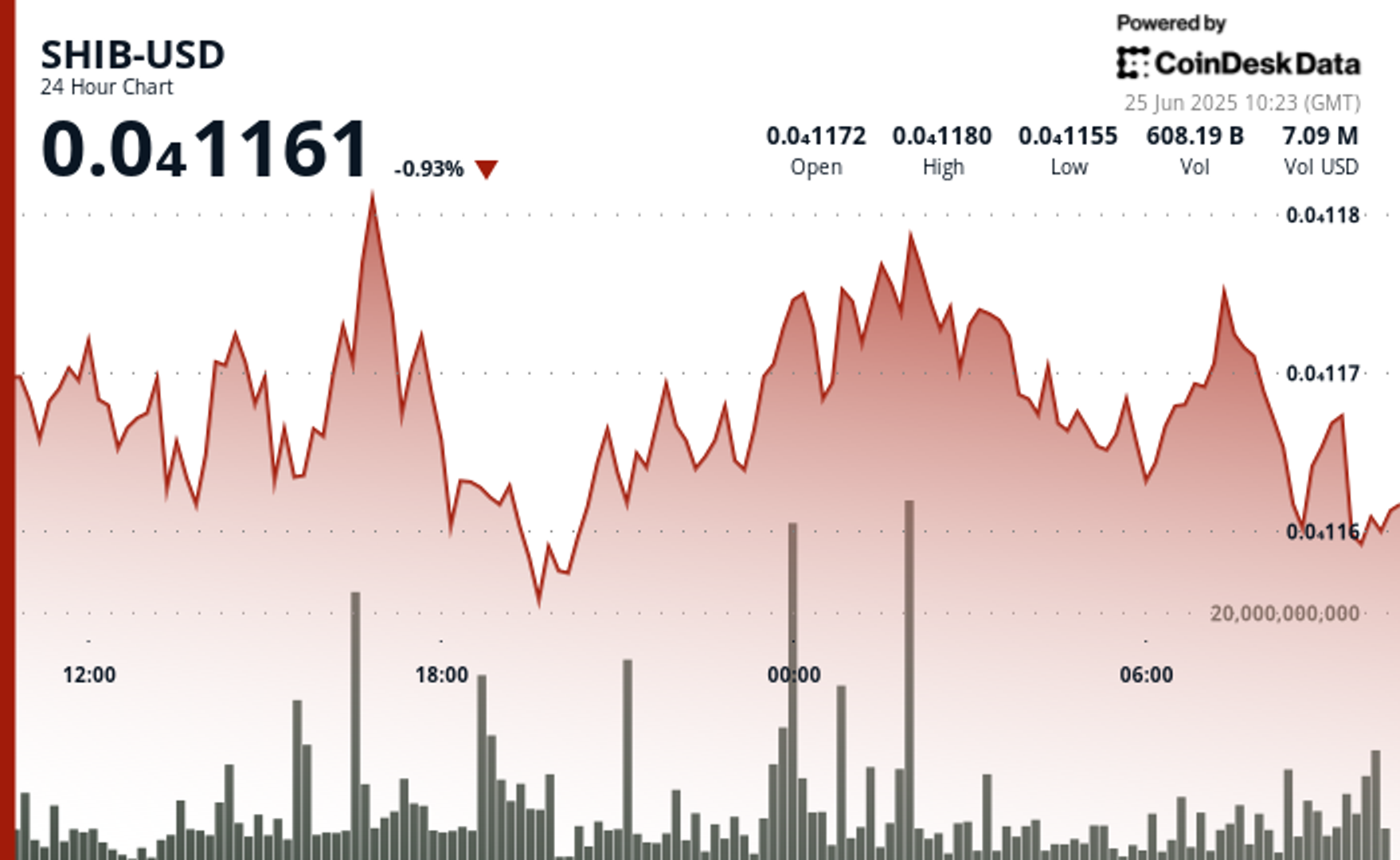Why TiDB is the ideal database for next-gen SaaS platforms
As SaaS companies scale and go global, traditional databases start to show their cracks with limited vertical scaling, mounting performance issues, rising costs, and painful operational overhead. TiDB, an open-source distributed SQL database, is emerging as a favorite among high-growth SaaS platform


When Catalyst, a customer success platform, rearchitected its SaaS data infrastructure using TiDB to overcome scalability and performance issues, it achieved up to 60x faster queries and a more resilient, cost-effective architecture. Similarly, faced with a 32-terabyte MySQL monolith hitting storage and performance limits, shipping software provider EasyPost replatformed to TiDB for its horizontal scalability and MySQL compatibility. A successful PoC proved TiDB’s resilience during peak traffic and revealed major performance gains despite initial tuning challenges.
From small productivity tools to full-scale enterprise platforms, the Software-as-a-Service (SaaS) industry has transformed how software is delivered, consumed, and monetized. However, as SaaS companies scale, so do the complexities of managing their databases.
A key challenge arises when applications rely on traditional databases, which typically favour vertical scaling – upgrading the existing server with additional CPU, memory, or storage. While effective in the short term, this approach hits limits quickly as user traffic and data volumes grow. Vertical scaling alone leads to performance bottlenecks, hindering the application's ability to expand seamlessly with business demands.
TiDB is a modern distributed database designed for horizontal scalability, making it an ideal choice for growing SaaS platforms.
“Think of TiDB as the ultimate business growth enabler,” explains Bhanu Jamwal, Head of India Business at TiDB. “When your business takes off, your database grows with you automatically – no emergency meetings, no service interruptions, no telling your customers “sorry, we’re down for maintenance.””
Your digital business never has to say “no” to opportunity. Black Friday traffic surge? New market expansion? Viral social media moment driving massive user signups? TiDB handles it all while you focus on what matters – serving customers and growing revenue.
The magic happens behind the scenes. While your competitors scramble with expensive database upgrades and costly downtime, TiDB quietly adapts to your success. More customers mean more database power, automatically. Growing data means expanding storage, seamlessly.
How TiDB helps DevOps teams
TiDB is designed as a cloud-native distributed database, purpose-built for SaaS platforms operating in cloud environments. TiDB Cloud offers a fully-managed service, allowing you to deploy and run TiDB clusters with ease. It provides flexible scalability, reliability, and security on cloud platforms.
“TiDB can be elastically scaled to meet changing workload requirements, and its data replication capabilities ensure high availability even in the event of Availability Zones outages on hyperscalers such as AWS, GCP or Azure,” Jamwal says.
DevOps teams require databases that support automation, CI/CD integration, scalability, high availability and most importantly, observability. TiDB delivers on all these fronts, making it an increasingly popular choice among DevOps teams looking to streamline operations and accelerate development cycles.
“With TiDB Cloud, DevOps teams benefit from a fully managed database service that automates critical operational tasks such as version upgrades, patching, infrastructure management, and ensuring system uptime. This eliminates the overhead of manual database maintenance, allowing teams to focus on delivering application features instead of managing database infrastructure,” he says.
Observability is a core strength of TiDB. It offers a unified dashboard that integrates metrics, logs, and traces to provide comprehensive insight into the system’s health and performance. Built on Prometheus and Grafana, TiDB's observability stack includes real-time performance metrics, built-in alerting for proactive issue detection, and tracing and diagnostic tools for pinpointing bottlenecks. “This level of observability empowers DevOps teams to quickly optimize resource usage and ensure the reliability of distributed database operations,” says Jamwal.
Scalable, highly available architecture
TiDB’s architecture is inherently designed for horizontal scalability and high availability. Its modular components allow you to independently scale both compute and storage resources to meet evolving application demands. Key architectural components include:
- TiDB: The stateless SQL layer that handles query parsing, optimization, and execution. It is horizontally scalable, enabling seamless expansion without downtime. TiDB servers coordinate with the storage layer to execute queries and return results to clients.
- TiKV: TiKV is the distributed transactional key-value storage engine of TiDB. It stores data in a row-based format and supports distributed transactions. TiKV is designed for high availability and automatic failover, with data automatically maintained in multiple replicas.
- TiFlash: A columnar storage engine optimized for analytical workloads. As part of TiDB’s HTAP (Hybrid Transactional/Analytical Processing) architecture, TiFlash enables real-time analytics on live transactional data.
- Placement Driver: The metadata and cluster management component, responsible for scheduling, load balancing, and data placement.
TiDB supports independent scaling of compute (TiDB) and storage (TiKV/TiFlash) layers. “You can scale out SQL nodes to handle more queries or expand storage nodes to accommodate growing data volumes and enhance data processing capabilities, all without downtime,” Jamwal shares.
TiDB also ensures high availability through automatic data replication and failover mechanisms. “Using the Raft protocol, TiKV replicates data across multiple nodes, ensuring strong consistency and seamless recovery in the event of node failures. This fault-tolerant design enables continuous service availability, even during infrastructure disruptions,” he adds.
TiDB is one of the very few databases that can store massive amounts of metadata objects on one single cluster. “One of TiDB’s SaaS customers currently stores 2.5 million metadata objects on TiDB and projects storing 10 million objects in the next six months,” he says.
The future of SaaS databases
As SaaS companies become more data-intensive and globally distributed, databases like TiDB are evolving to meet their changing needs. TiDB’s hybrid architecture – supporting both OLTP and OLAP workloads – enables SaaS platforms to handle high-volume transactions and complex analytics within a single system, reducing architectural complexity and operational costs.
The rise of the serverless model aligns well with TiDB’s auto-scaling and consumption-based pricing, offering SaaS businesses elastic infrastructure that scales with user demand. Additionally, TiDB is deepening its integration with AI/ML workflows, including native support for vector data and indexing, to power intelligent, data-driven features in next-gen SaaS products.
On upcoming features, Jamwal reveals that TiDB is developing a next-generation database architecture that will utilize Amazon S3 as its primary storage layer. “This forthcoming design mirrors serverless architecture principles, offering automatic scalability, virtually unlimited data storage capacity, and tiered storage options (hot/warm/cold) to optimize performance and costs,” he says.
By implementing this approach, TiDB aims to transform how modern applications manage data, providing organizations with unprecedented flexibility while reducing overall expenses. The architecture is designed to significantly streamline data processing workflows, enhancing both ease of use and operational efficiency.
Ready to future-proof your SaaS platform?
With TiDB Cloud Dedicated, you get a fully managed, horizontally scalable database built for high-growth, high-demand SaaS environments. No more infrastructure headaches. No more trade-offs between performance and flexibility.



































































































































































































